Inclusive education
Australian classrooms are diverse and include students from many different social, cultural and geographical backgrounds, with a range of family structures, abilities, identities, learning styles and languages.
This creates a rich spectrum of learning opportunities in our mathematics classrooms, with multiple ways to connect with students' experiences of maths in their everyday lives.
Schools and teachers have a responsibility to provide a learning environment that allows every student to succeed in their learning and wellbeing. This means providing equity of access to learning for all students, and treating diversity positively in safe and flexible learning spaces.
These resources support building an inclusive learning environment in your classroom.
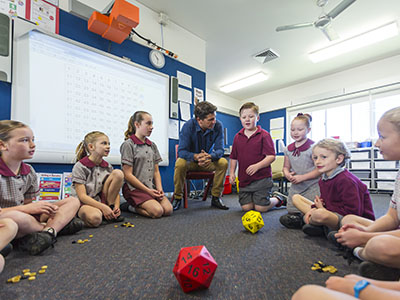
Resources
Inclusive education resources
Inclusive education
Inclusive education means making all students feel comfortable, welcome and valued in the classroom. The resources below describe the principles involved in planning for inclusion.

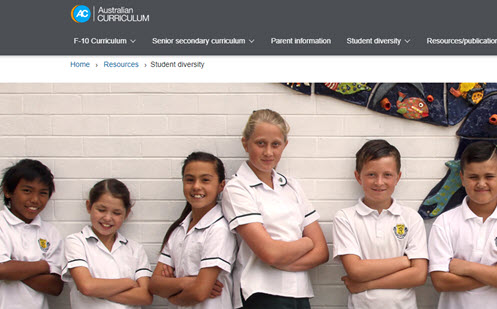
The Australian Curriculum provides opportunities for teachers to develop inclusive teaching and learning programs that build on students’ interests, strengths, goals and learning needs to support all students to achieve their potential.
Universal Design for Learning (UDL)
UDL is an approach to teaching and learning that gives all students equal opportunity to succeed. The goal of UDL is to use a variety of teaching methods to remove barriers to learning. It is about building in flexibility that can be adjusted for each student’s strengths and needs.
In the mathematics classroom, UDL has particular relevance across the three main principles:
- Engagement: look for ways to motivate student interest in mathematics
- Representation: offer mathematical ideas using a range of formats, text, video, audio and hands on learning
- Action and expression: provide more than one way for students to show what mathematical ideas they have learned.
Students with disability
Including and planning for all students includes those with disabilities. The resources listed show how to incorporate their needs into teaching and learning plans and practice.
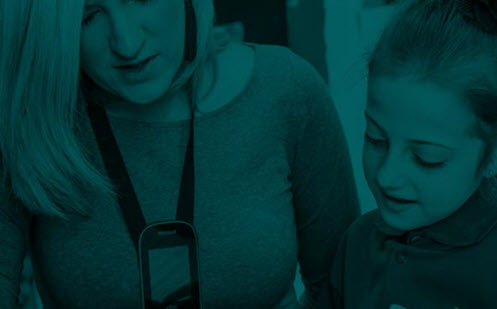
Teaching students with disability
When planning mathematics lessons, teachers will need to develop personalised learning and support for students with disability.
Refer to the section, ‘Personalised learning and support’ which describes a process to create an Individual Education Plan and also outlines teaching practices to support delivery and instruction for students with disability.
Supporting linguistically diverse students
Australia is a diverse society with students coming from many different language backgrounds. Mathematics has a vocabulary of its own that can be challenging for students for whom English is an additional language or dialect to become comfortable and confident using it. The resources below give direction on how to embed language instruction in the classroom.
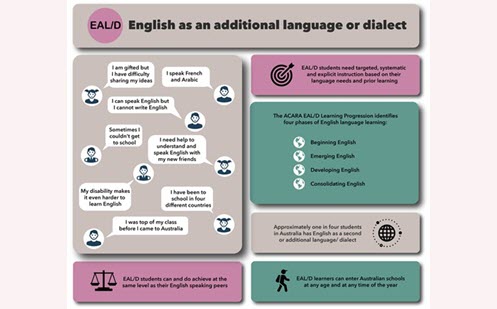
Meeting the needs of students for whom English is an additional language or dialect.
Gender-inclusive teaching
Designing lessons that engage all students in mathematics learning.
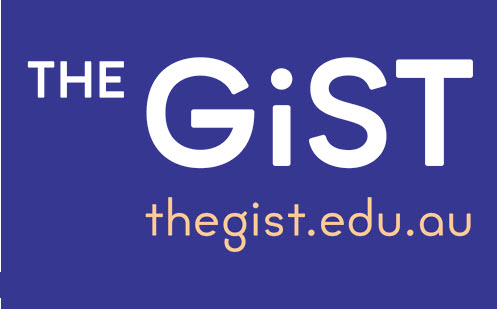
The Girls in STEM Toolkit (The GiST) presents a framework of seven principles for designing inclusive STEM learning environments based on research. This page outlines classroom strategies, provides links to research, and presents videos and example learning environments that will inspire girls (and all of your learners) to engage in STEM subjects, including mathematics.
Extension and enrichment
The resources below explain how to plan challenging tasks that will engage and extend student’s thinking which can be useful for high-ability students.
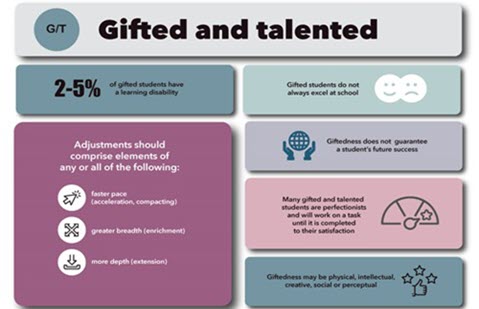
Gifted and talented students benefit from rigorous, relevant and engaging learning opportunities based on the Australian Curriculum content.
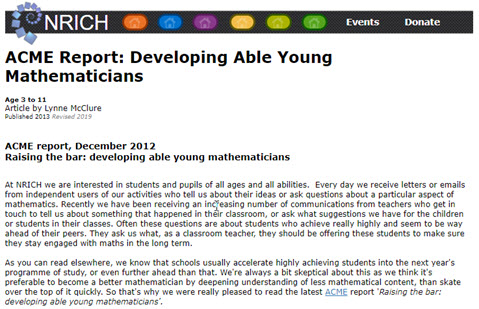
Developing able mathematicians
Research and ideas on how to plan and enrich the curriculum for able learners.
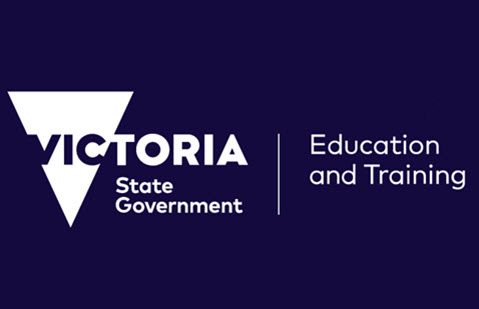
Identifying high-ability students
High-ability students talk about their love of learning, how teachers can support this learning and some of the challenges of being ahead of their peers.